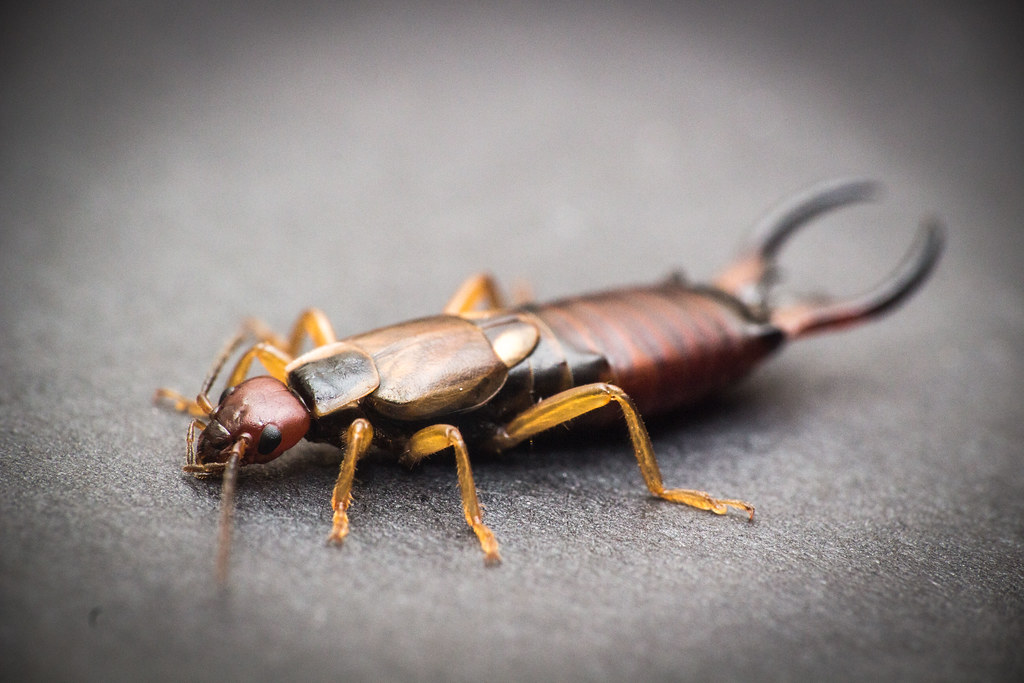Deep in the shadowy crevices of rotting logs and beneath garden stones, one of nature’s most devoted mothers carries out a ritual that would put many other creatures to shame. The common earwig, often dismissed as a mere garden pest, reveals an extraordinary secret when observed closely. Unlike the vast majority of insects that abandon their offspring after laying eggs, female earwigs demonstrate a level of maternal care that rivals even some mammals. This remarkable behavior challenges everything we thought we knew about insect parenting and forces us to reconsider the complexity of these small, misunderstood creatures.
The Shocking Truth About Earwig Motherhood

Most people recoil at the sight of an earwig, but few realize they’re witnessing one of nature’s most dedicated parents in action. Female earwigs don’t just lay their eggs and walk away like countless other insects. Instead, they embark on a months-long journey of intensive childcare that would exhaust even the most devoted human parent.
The mother earwig’s commitment begins the moment she selects a suitable nesting site, typically a moist, protected area where she can dig a small burrow. This isn’t a casual decision – she carefully evaluates multiple locations, testing soil moisture, temperature stability, and protection from predators. Once she’s chosen her spot, she becomes a full-time guardian, rarely leaving her post except for the most essential needs.
Building the Perfect Nursery
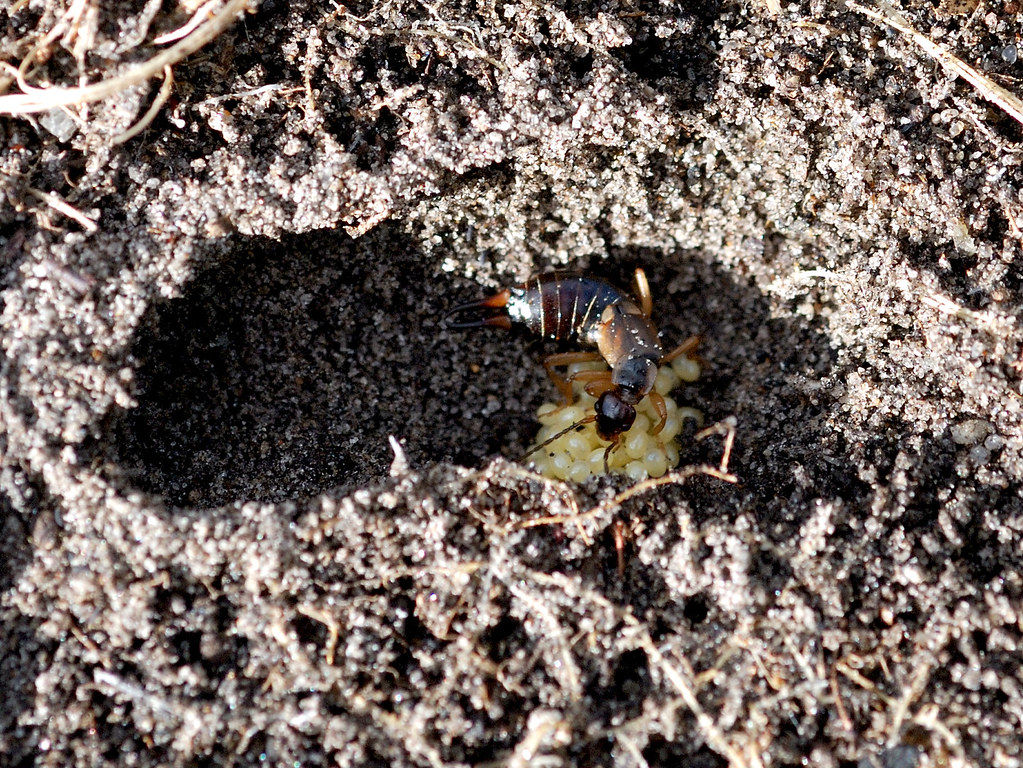
Construction of the earwig nursery is a meticulous process that showcases the mother’s engineering skills. She excavates a small chamber, roughly the size of a walnut, using her powerful mandibles and legs to move soil particles with surgical precision. The walls are smoothed and shaped to create optimal conditions for her future offspring.
The depth of the burrow is carefully calculated – deep enough to maintain stable temperature and humidity, but shallow enough to allow for easy monitoring of the outside world. Temperature regulation is crucial, as earwig eggs are extremely sensitive to fluctuations that could prove fatal to developing embryos.
The Egg-Laying Ritual
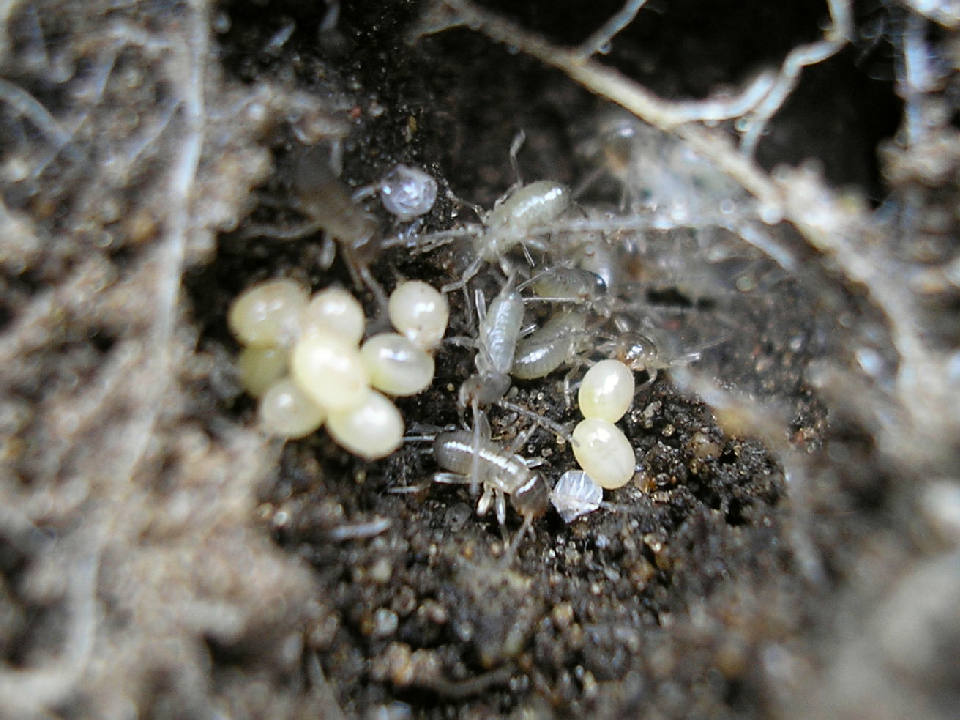
When the time comes to lay her eggs, the female earwig positions herself carefully within her prepared chamber. She typically produces between 20 to 50 glossy, cream-colored eggs, each about the size of a sesame seed. The eggs are deposited in a neat cluster, positioned for optimal development and easy monitoring.
What happens next sets earwigs apart from virtually every other insect species. Rather than sealing the chamber and departing, the mother settles down beside her eggs like a brooding hen. She curves her body protectively around the cluster, creating a living shield against potential threats.
The Relentless Vigil Begins
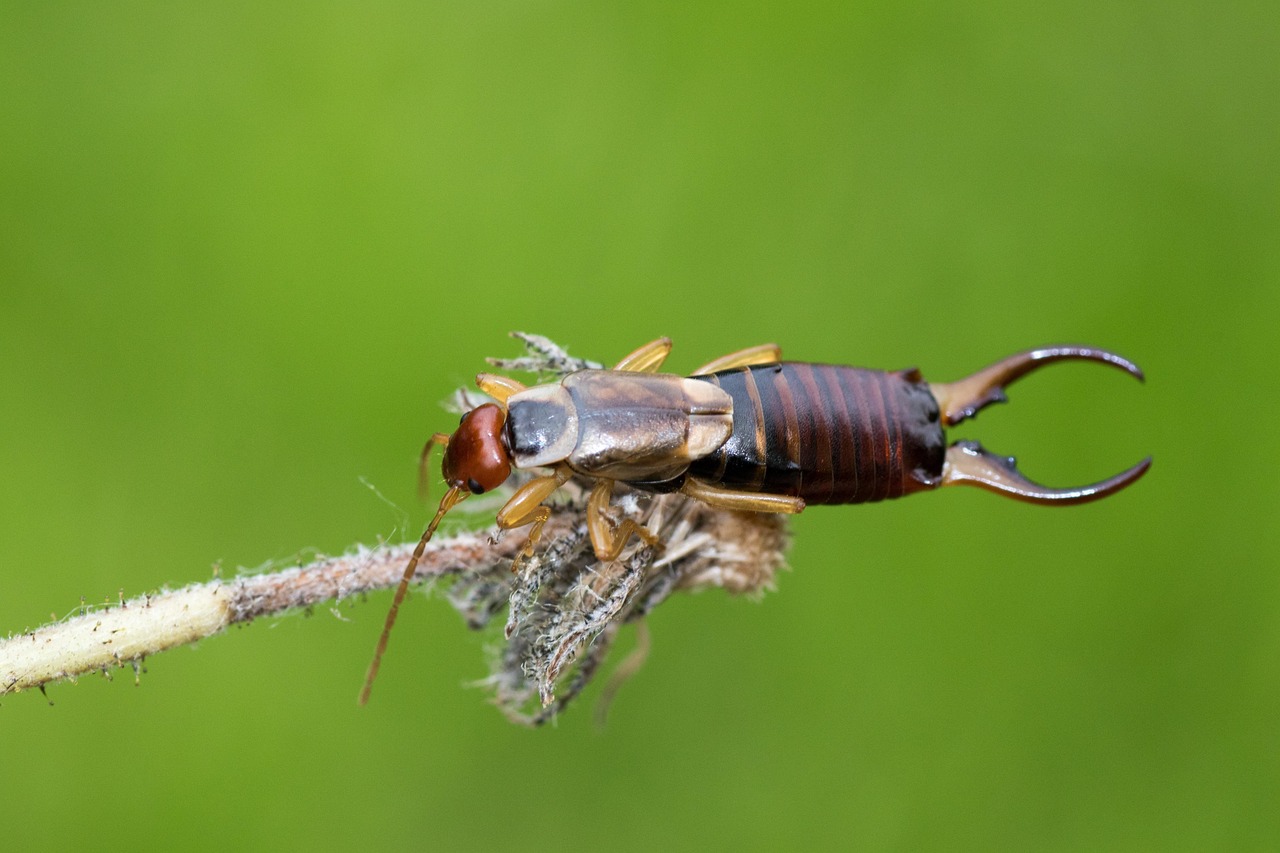
For the next two months, the mother earwig maintains an almost constant vigil over her eggs. She rarely leaves the burrow, forgoing food and water to ensure her offspring’s safety. When she does venture out, it’s only for brief moments to gather essential moisture or to eliminate waste.
During this period, she continuously monitors the eggs’ condition, using her antennae to detect any changes in temperature, humidity, or chemical signals that might indicate problems. If she senses danger, she’ll quickly reposition herself to provide maximum protection, sometimes even moving the entire clutch to a safer location.
The Fungus Fighter
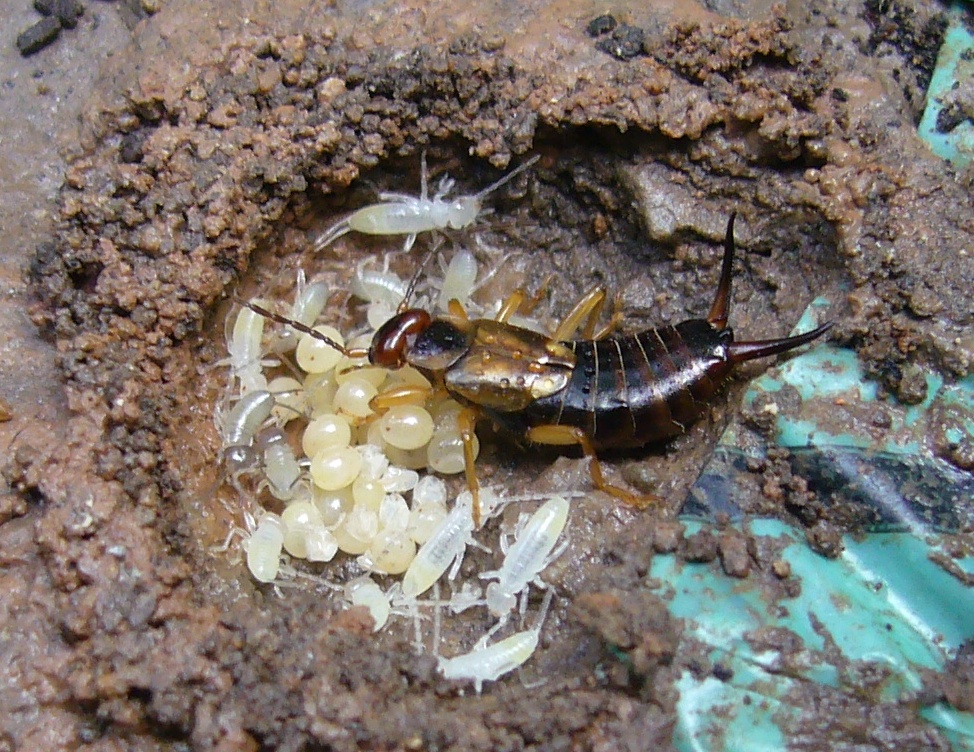
One of the most critical aspects of the mother’s care involves preventing fungal infections that could destroy her entire clutch. Earwig eggs are particularly vulnerable to fungal growth in the moist conditions necessary for their development. The mother combats this threat through a remarkable cleaning ritual.
She regularly licks each egg with her specialized mouthparts, removing potentially harmful microorganisms and applying antimicrobial substances from her saliva. This isn’t just casual grooming – it’s a sophisticated form of biological pest control that requires precise timing and technique. Studies have shown that eggs tended by mothers have dramatically lower rates of fungal infection compared to those left unattended.
Emergency Relocations
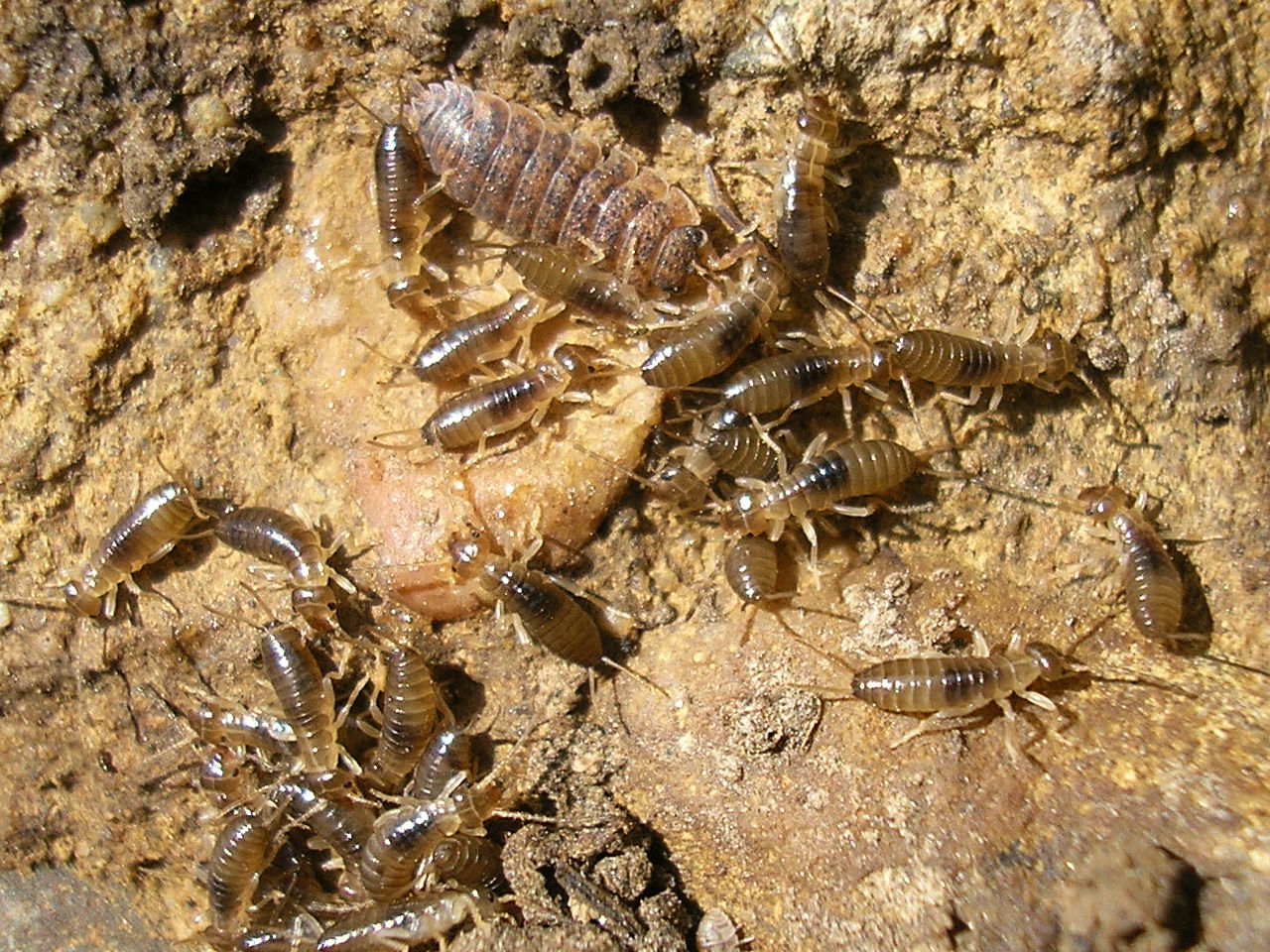
When environmental conditions become unfavorable, the mother earwig demonstrates remarkable problem-solving abilities. She can sense subtle changes in soil moisture, temperature, or chemical composition that might threaten her eggs’ survival. In response, she’ll undertake the arduous task of moving her entire clutch to a more suitable location.
This relocation process is exhausting and dangerous, as it exposes both mother and eggs to predators and environmental hazards. Yet she’ll repeat this process multiple times if necessary, each move carefully planned and executed with the precision of a military operation. The survival of her offspring depends entirely on these critical decisions.
The Miraculous Hatching
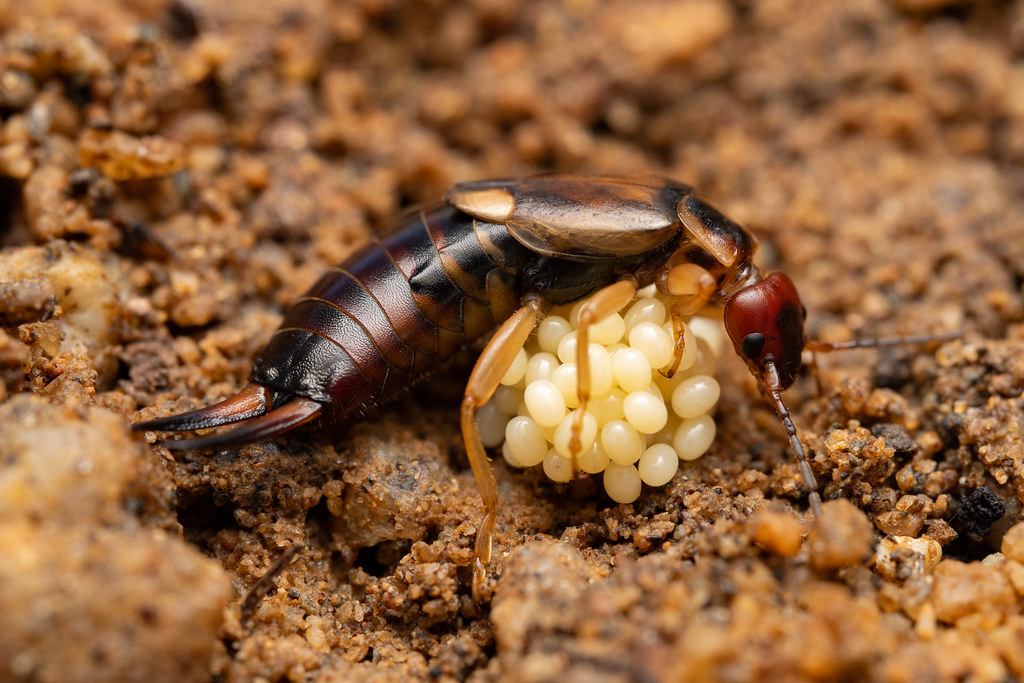
After weeks of patient incubation, the eggs begin to show signs of impending hatching. The mother can detect these changes through vibrations and chemical cues that are invisible to human observation. She increases her vigilance during this vulnerable period, knowing that newly hatched nymphs are extremely fragile and defenseless.
The hatching process itself is a marvel of coordination between mother and offspring. The tiny nymphs use specialized egg teeth to break through their shells, while the mother assists by carefully removing shell fragments and clearing pathways for their emergence. This collaborative effort ensures that all viable eggs have the best possible chance of successful hatching.
Meet the Babies
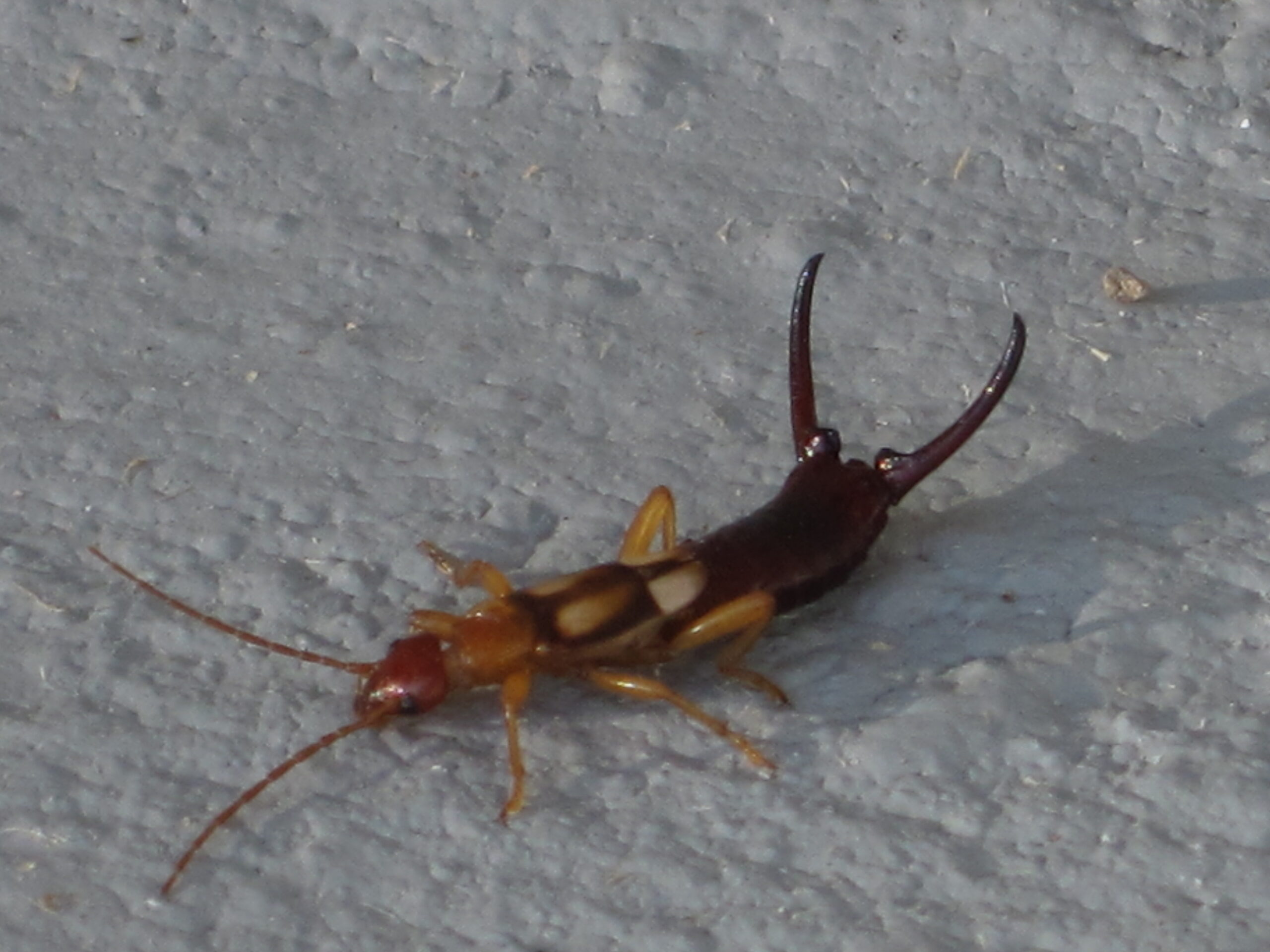
Newly hatched earwig nymphs are translucent, wingless miniatures of their parents, measuring just a few millimeters in length. They emerge from their eggs completely helpless, lacking the hard exoskeleton that will later protect them. Their soft, pale bodies are vulnerable to dehydration, predation, and mechanical injury.
These tiny creatures immediately cluster around their mother, instinctively recognizing her as their source of protection and nourishment. They communicate through chemical signals and gentle touches, creating a complex social network within the confines of their small burrow. The mother responds to their needs with remarkable sensitivity, adjusting her behavior based on their developmental stage and environmental conditions.
The Feeding Phenomenon
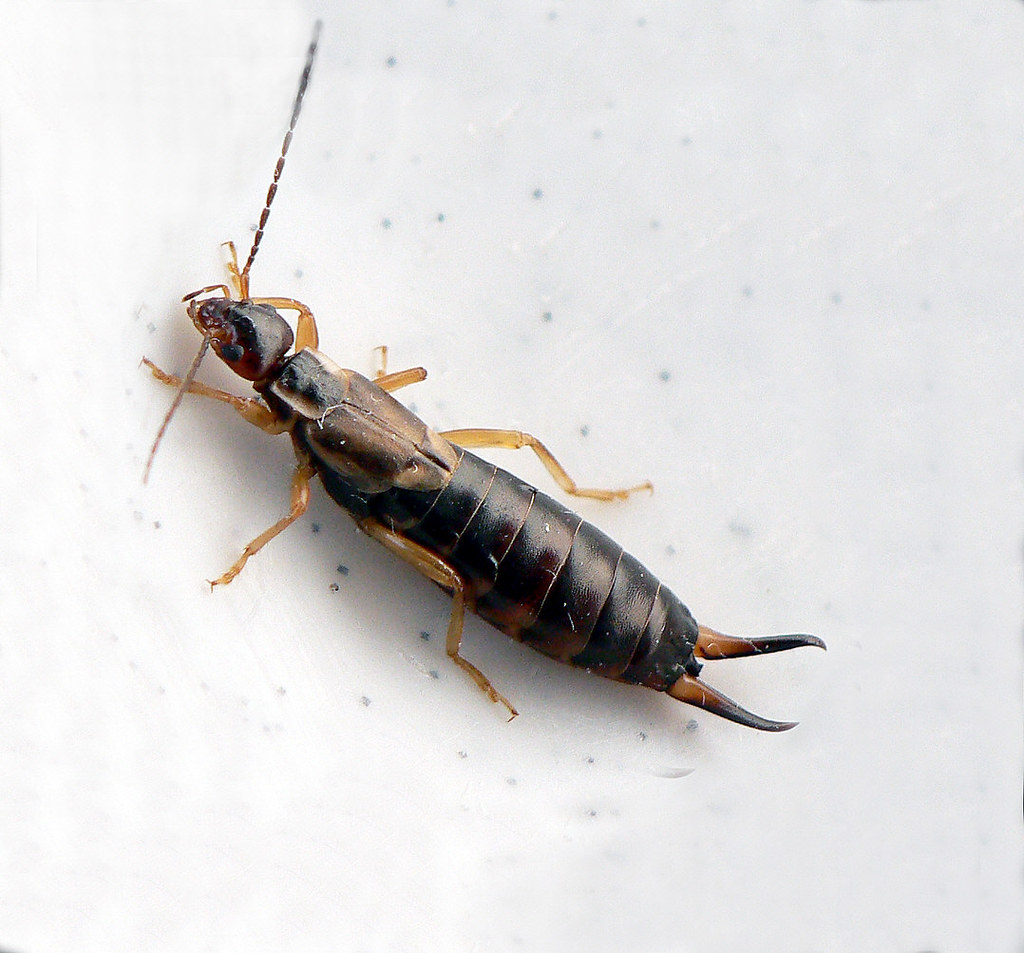
What happens next in the earwig nursery is virtually unprecedented in the insect world. The mother begins producing a nutritious secretion from specialized glands, which she regurgitates to feed her hungry offspring. This behavior, known as trophallaxis, is more commonly associated with social insects like ants and bees, making its presence in earwigs truly extraordinary.
The composition of this maternal milk is remarkably sophisticated, containing proteins, fats, and essential nutrients perfectly balanced for growing nymphs. The mother produces this substance at great metabolic cost to herself, often losing significant body weight during the feeding period. Her own survival becomes secondary to the nutritional needs of her babies.
Teaching Survival Skills
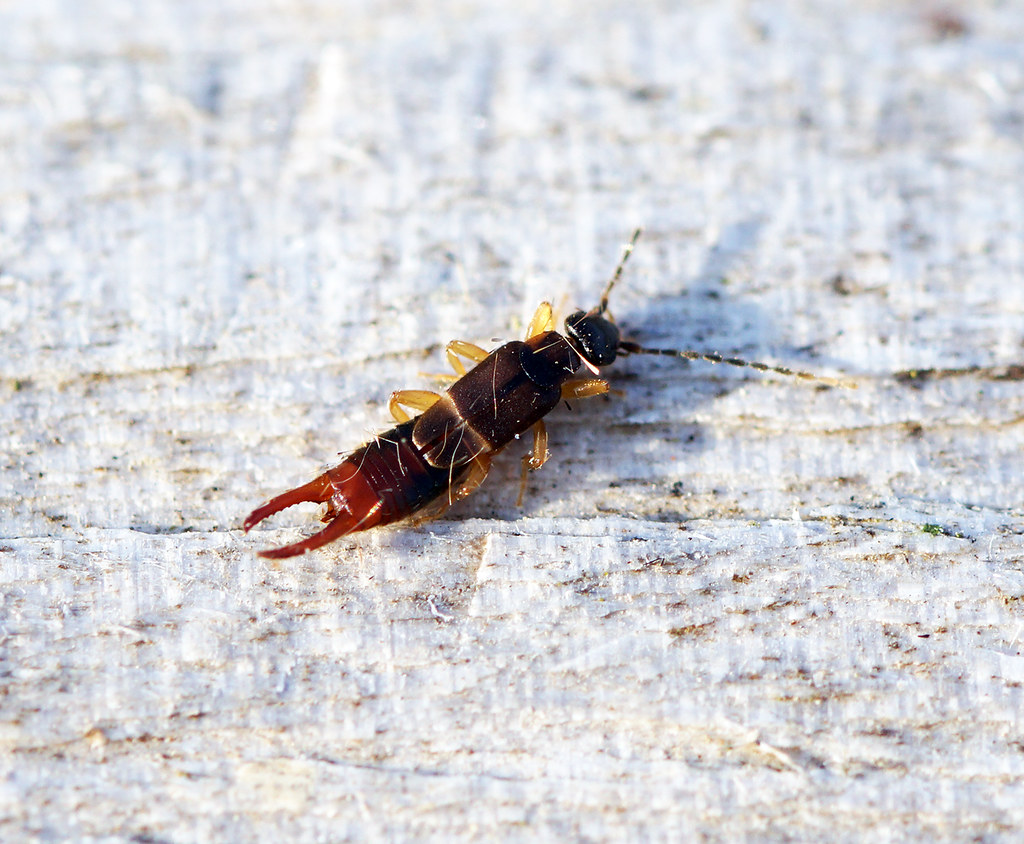
As the nymphs grow stronger, their mother begins introducing them to essential survival skills. She demonstrates proper foraging techniques, showing them how to identify suitable food sources and avoid dangerous situations. These lessons are conducted through a combination of chemical signals, physical guidance, and behavioral modeling.
The young earwigs learn to recognize the difference between safe and threatening environments, developing the instincts that will serve them throughout their lives. The mother’s patience during this teaching phase is remarkable, as she repeats lessons multiple times and adjusts her approach based on each nymph’s learning pace.
The Molting Process
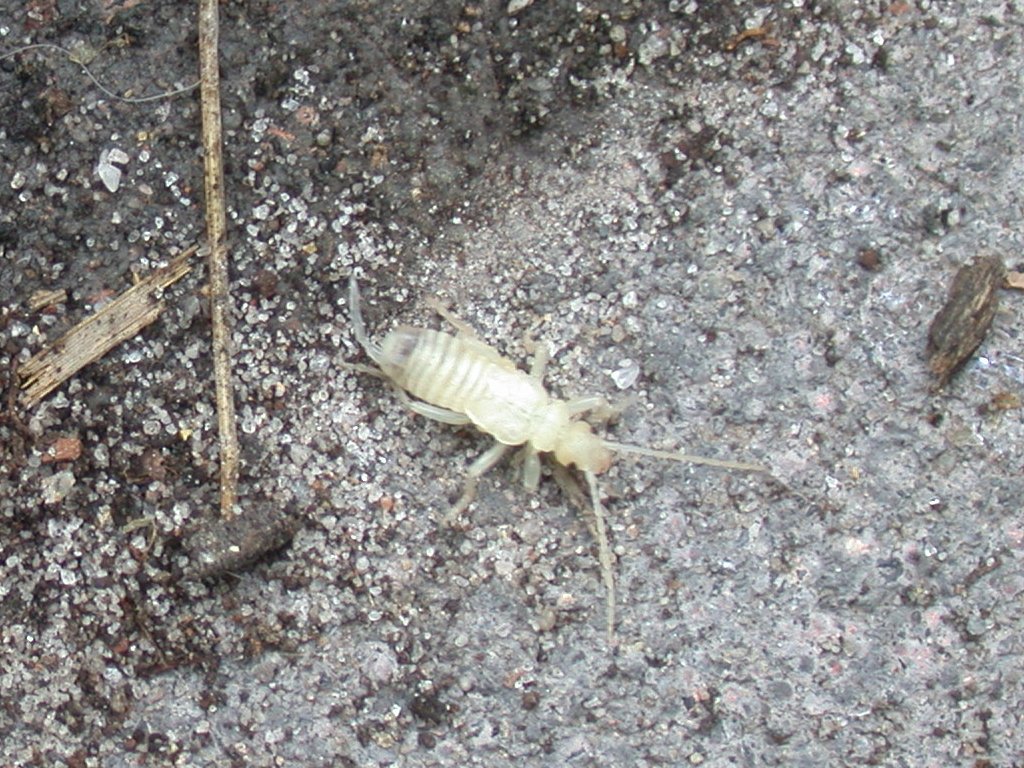
Earwig nymphs must undergo several molting cycles before reaching maturity, and each molt represents a critical vulnerability period. The mother provides crucial support during these transitions, helping her offspring shed their old exoskeletons and protecting them while their new ones harden.
During molting, the nymphs become completely helpless, unable to move or defend themselves. The mother maintains heightened vigilance during these periods, often positioning herself as a physical barrier between her molting young and potential threats. Her protective behavior during molting can mean the difference between survival and death for her offspring.
Gradual Independence
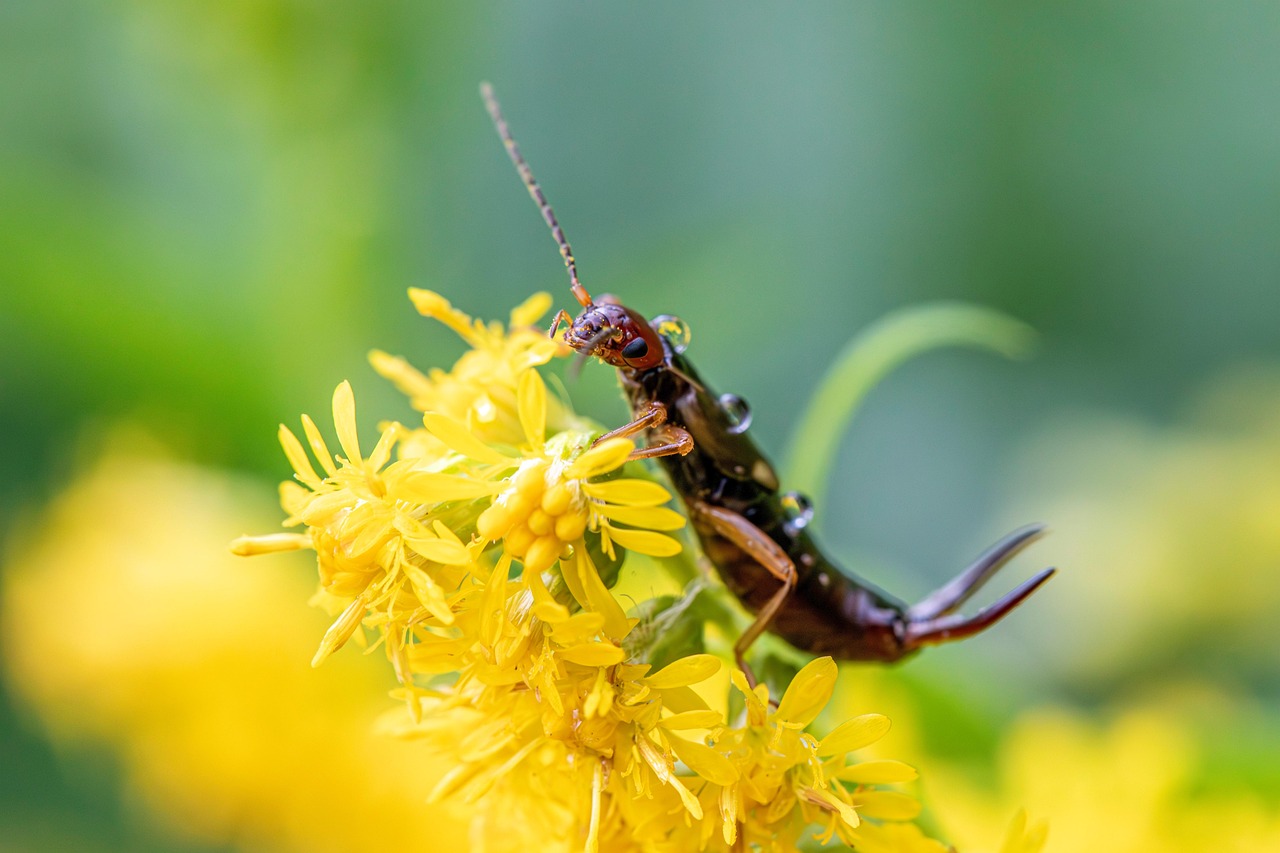
As the nymphs complete their final molts and develop their adult characteristics, the mother begins the delicate process of encouraging independence. This transition doesn’t happen overnight – it’s a gradual process that requires careful timing and judgment on the mother’s part.
She starts by allowing brief foraging expeditions outside the burrow, always remaining close enough to intervene if danger threatens. These supervised adventures help the young earwigs develop confidence and practical skills while maintaining the safety net of maternal protection. The mother’s ability to balance protection with independence training demonstrates sophisticated parenting instincts.
The Ultimate Sacrifice
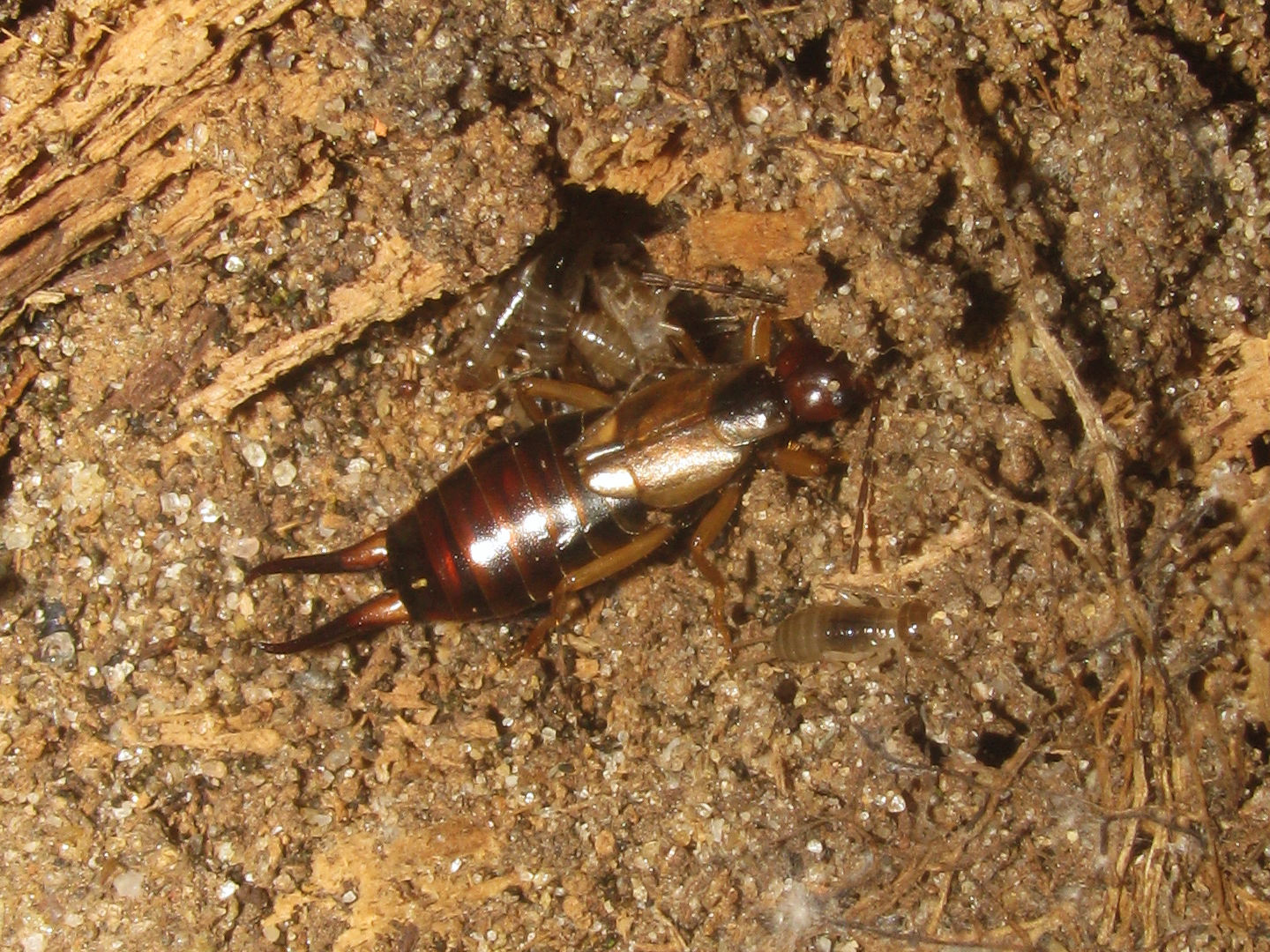
In some species of earwigs, the mother’s devotion reaches its ultimate expression through a behavior that seems almost too extreme to believe. When food becomes scarce and her offspring face starvation, the mother may offer herself as a final meal, allowing her young to consume her body for survival.
This act of maternal cannibalism represents the absolute pinnacle of parental sacrifice in the animal kingdom. The mother’s death ensures that her genetic legacy survives through her offspring, demonstrating that evolution has shaped these creatures to prioritize reproductive success above individual survival. Not all earwig species exhibit this extreme behavior, but its presence in any species highlights the extraordinary depths of maternal devotion.
Scientific Implications
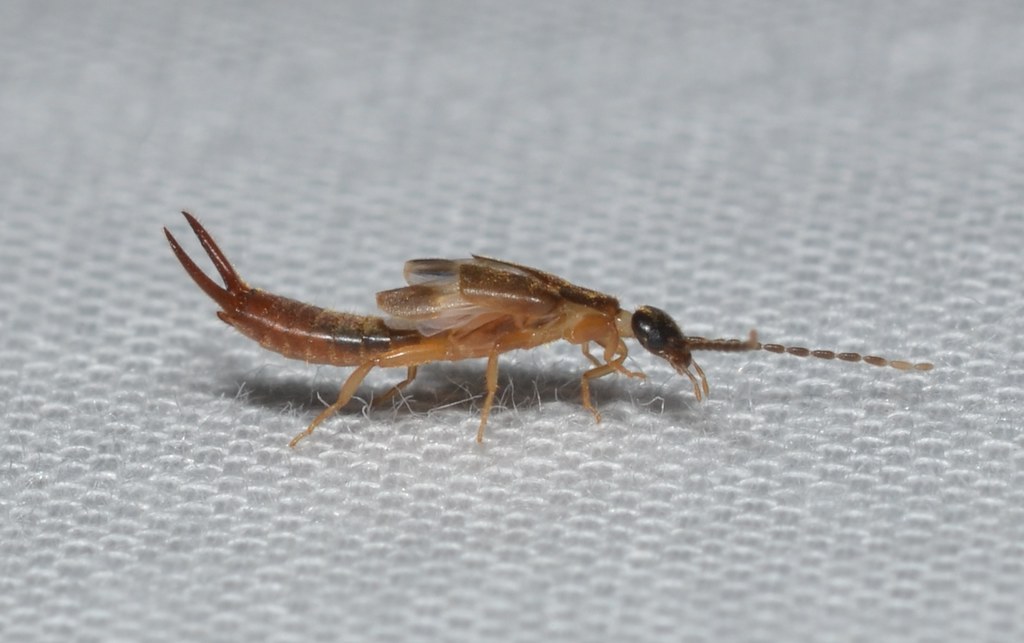
The discovery of such complex maternal behavior in earwigs has revolutionized our understanding of insect intelligence and social evolution. Researchers now recognize that parental care in insects is far more sophisticated than previously imagined, with implications for fields ranging from evolutionary biology to robotics.
Studies of earwig motherhood have contributed to our understanding of how complex behaviors evolve and persist in species where individual survival might seem more advantageous than extensive parental investment. These findings challenge traditional assumptions about the cognitive capabilities of insects and suggest that maternal instincts may be more universal across species than we ever realized.
Conservation Considerations
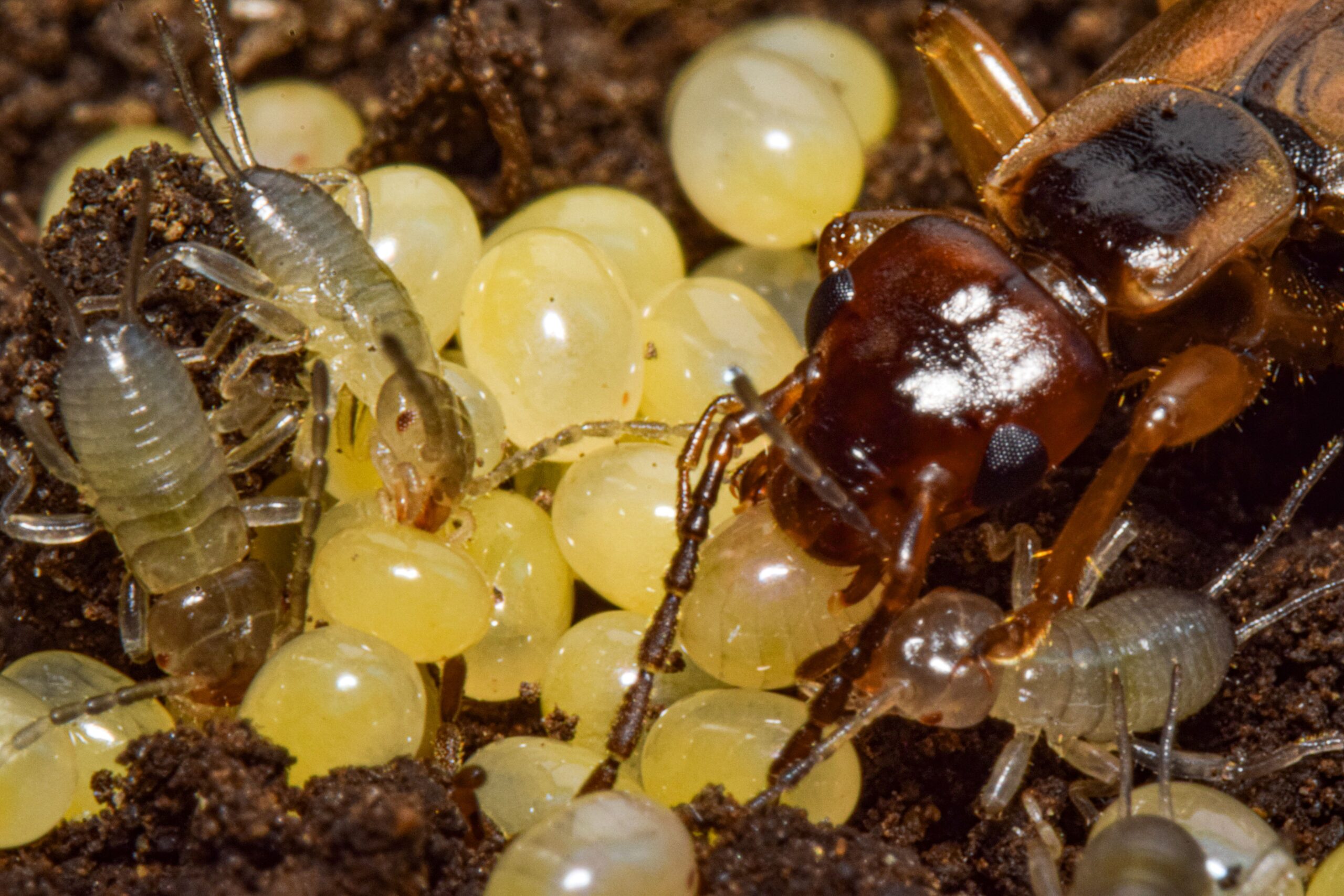
Understanding earwig maternal behavior has important implications for conservation efforts and ecosystem management. These insects play crucial roles in their environments as both predators and decomposers, and their complex life cycles require specific habitat conditions to succeed.
The mother’s need for stable, moist environments during the lengthy child-rearing period makes earwig populations vulnerable to habitat destruction and climate change. Conservation strategies that account for these behavioral requirements are essential for maintaining healthy earwig populations and the ecological services they provide. Recognition of their sophisticated parenting behaviors adds another layer of value to these often-overlooked creatures.
The next time you encounter an earwig scuttling across your garden path, remember that you might be looking at one of nature’s most devoted mothers. These remarkable insects have evolved parenting strategies that rival those of much more complex animals, challenging our assumptions about intelligence, care, and sacrifice in the natural world. Their story reminds us that extraordinary behaviors can emerge from the most unexpected places, hidden in the shadows of our everyday environments. What other secrets might be waiting for discovery in the small, overlooked corners of our world?

